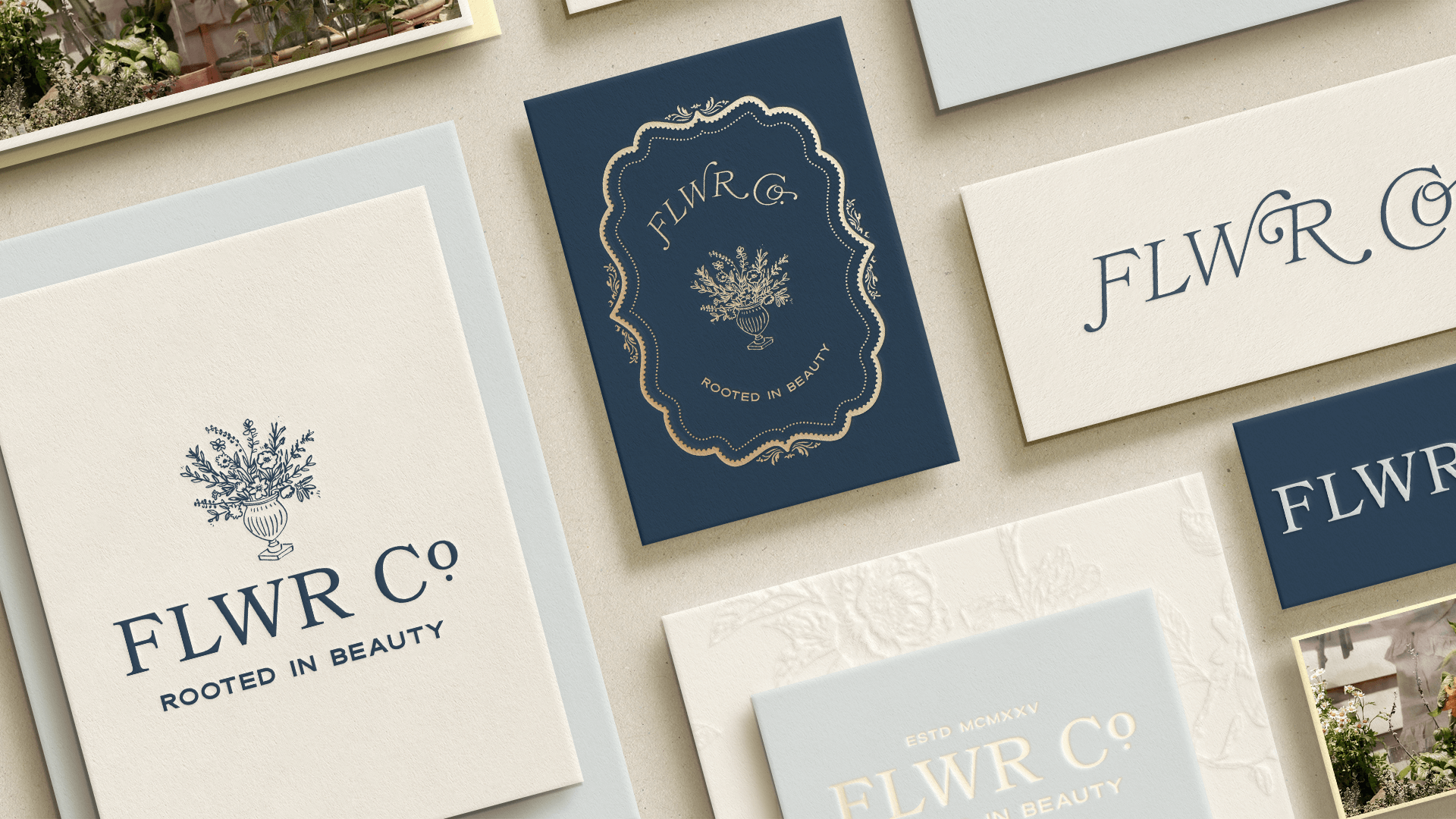If you’ve spent any time in online business circles lately, you’ve heard the debate. Should you be using Canva to create your brand identity and website?
As a trained branding and Showit web designer, I understand why the topic is a hot one. Canva is accessible, intuitive, and everywhere, especially for creatives who are DIY-ing in the early stages of business. But is Canva vector based? If you’re building a brand to grow with, you should know a few things. Consider these points before you rely on Canva to do the heavy lifting.
So let’s break it down, with the biggest question I get asked lately:
Is Canva Vector Based?
Short answer? No.
Canva allows you to export designs in SVG format. However, that doesn’t make them true vector graphics. They are not true vector graphics in the traditional design sense, let’s break it down.
Vector graphics, the kind you’d create in software like Adobe Illustrator, are resolution-independent. They scale infinitely without any loss of quality. They’re built with precise mathematical paths, not pixels. This makes them ideal and essential for logos, icons, and brand assets. You’ll use these assets across everything, from a website header to a billboard.
Canva, on the other hand, operates in a primarily pixel-based design environment. Even when exporting SVGs, the level of editability and clarity doesn’t hold up to the standard required for professional branding. You may end up with wonky edges. Flattened text or uneditable shapes can also occur. These are not exactly the foundation you want for your business’s visual identity.
Why Canva Isn’t Ideal for Logo Design or Web Design
Let’s call this out gently but clearly: Canva definitely makes it easy to create something. However, it doesn’t mean you should build your entire brand there. It also doesn’t mean your entire website should be built there.
Here’s why:
- No vector-level control for scalable, high-quality logos. Canva is not vector based.
- No responsive web design capability (designing a Canva “site” won’t translate well across mobile and desktop)
- Limited customization compared to platforms like Showit, which is built specifically for creative, code-free web design
- Fonts, layout, and spacing don’t offer the same fine-tuning or hierarchy needed for conversion-focused branding
In short, Canva is a fantastic design tool, but it’s not a substitute for professional brand strategy or web architecture.
When Canva Does Shine (and Why I Still Use It!)
Here’s the truth: Canva has earned its place in your creative toolkit. I use it for plenty of things behind the scenes at Sweet Pea Ink Creative.
It’s wonderful for:
- Social media graphics (especially Instagram carousels and Pinterest pins)
- Client mockups
- Quick printables or lead magnets
- Brand asset templates you want to keep editable for clients or teams
- Moodboards and presentation decks that need to be easily shared
Canva allows small business owners and teams to keep things consistent and agile without needing a full Adobe suite. When paired with a solid brand foundation created by a professional, Canva serves as a powerful extension of your brand. It is not the brand itself.
So… Should You Be Using Canva for Your Brand or Website?
If you’re just starting out and experimenting with your ideas, sure, play. Canva can be a creative playground. But if you’re ready to build a brand that reflects the truth of who you are, it’s time to invest. Use custom design built with the right tools and strategy. Your brand should convert consistently and grow with your business.
You deserve more than a Canva template. You deserve a brand that feels like home.
Ready to Go Deeper Than Templates?
If you’re craving branding that’s emotionally resonant, built to scale, and rooted in your story, I’d love to support you.
At Sweet Pea Ink Creative, I help midlife women and creative entrepreneurs bring their brands to life through soul-aligned strategy, poetic visual identity, and custom Showit websites that are beautiful and built to convert.
Let’s create something that’s built to last.
Explore my services or book a discovery call to get started.

Comments +